New Zealand's retail sector is undergoing a massive transformation. With the rapid rise of e-commerce and shifting consumer preferences, traditional brick-and-mortar stores are facing unprecedented challenges. Are physical stores becoming obsolete, or can retailers adapt to the changing landscape?
This article explores the factors contributing to NZ’s retail crisis, how businesses are responding, and what the future holds for physical retail.
The Rise of E-Commerce
1. Changing Consumer Habits
Online shopping has grown significantly in New Zealand, fueled by factors such as:
Convenience: 24/7 shopping, home delivery, and easy returns.
Competitive Pricing: Online stores often have lower overhead costs, allowing for better deals.
Variety & Accessibility: Consumers can access a wider range of products from global markets.
2. Impact of COVID-19
The pandemic accelerated the shift towards e-commerce, with lockdowns forcing consumers to shop online. Many traditional retailers struggled to recover even after restrictions lifted.
3. Market Dominance of Online Giants
Platforms like Amazon, TheMarket, and TradeMe have captured significant market share, making it harder for physical stores to compete.
Challenges for Brick-and-Mortar Stores
1. High Operating Costs
Rising rents, wages, and utilities put pressure on store profitability.
Many businesses struggle to justify physical locations when online alternatives offer lower expenses.
2. Declining Foot Traffic
Malls and shopping streets are seeing fewer visitors due to online convenience.
Younger generations are more accustomed to digital shopping experiences.
3. Supply Chain & Inflation Issues
Global supply chain disruptions and inflation have raised the cost of goods, impacting profit margins.
Online retailers often have better logistics and cost efficiencies.
How Retailers Are Adapting
1. Omnichannel Strategies
Many stores are adopting a hybrid model, integrating physical and online presence through:
Click-and-collect services.
In-store digital experiences.
Loyalty programs connecting online and offline sales.
2. Experiential Retailing
Some retailers are transforming stores into experience hubs, offering:
In-store events, workshops, and interactive product trials.
A blend of entertainment and shopping to drive foot traffic.
3. Niche & Localized Offerings
Some businesses focus on locally made, sustainable, and personalized products that appeal to conscious consumers.
Hyper-local marketing helps small retailers connect with nearby communities.
The Future of Retail in NZ
Scenario 1: Digital Domination (Most Likely)
Online shopping continues to grow, leading to widespread closures of physical stores.
Shopping malls repurpose spaces for entertainment, co-working, and services rather than retail.
Scenario 2: Hybrid Retail Thrives
Retailers successfully integrate online and offline strategies.
Stores become showrooms for testing products before online purchases.
Scenario 3: Physical Retail Resurgence (Least Likely)
Consumers shift back to in-person shopping due to digital fatigue.
Innovative retail experiences reignite interest in brick-and-mortar stores.
Conclusion: Can Traditional Retail Survive?
New Zealand’s retail sector is at a crossroads. While the rise of e-commerce presents challenges, businesses that innovate and embrace digital transformation have opportunities to thrive.
What do you think? Will physical stores survive, or is online shopping the future? Share your thoughts in the comments!






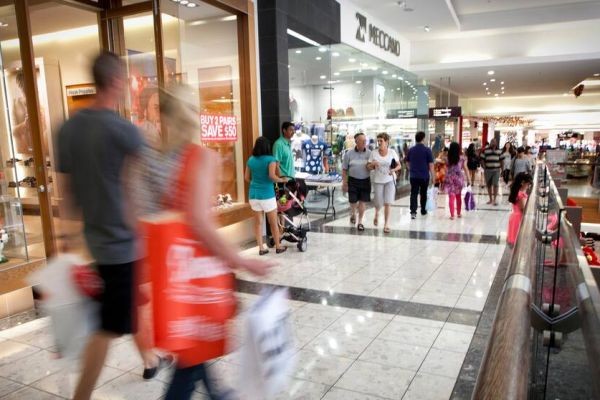

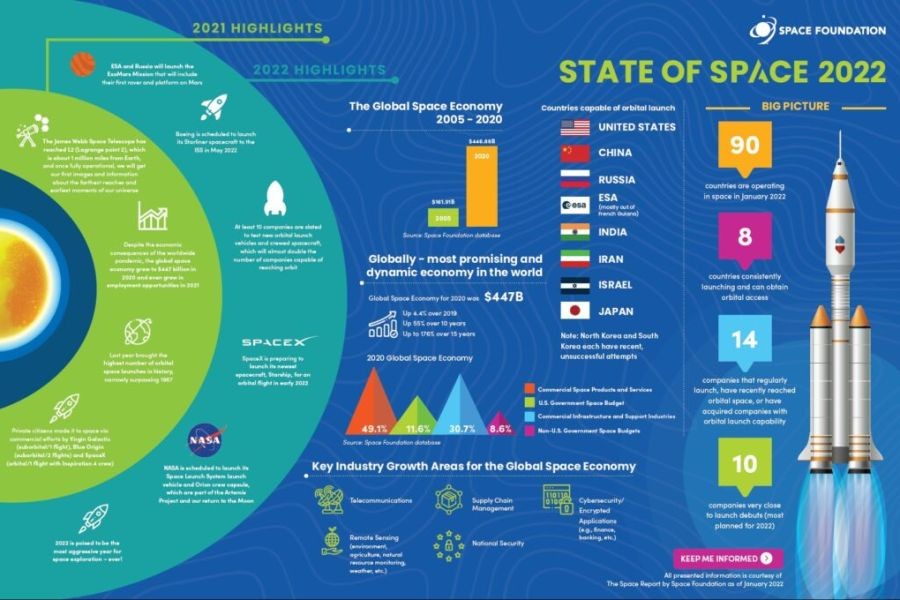
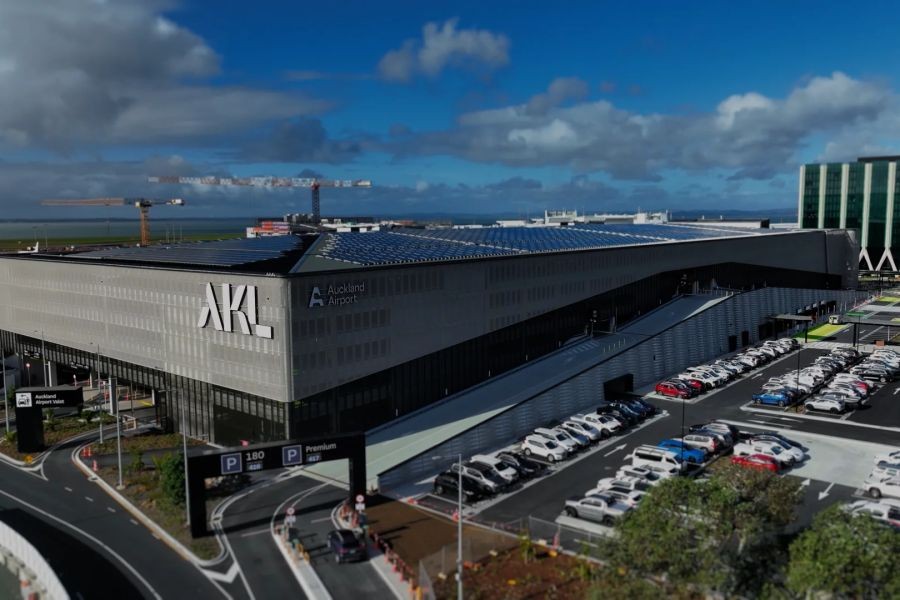
















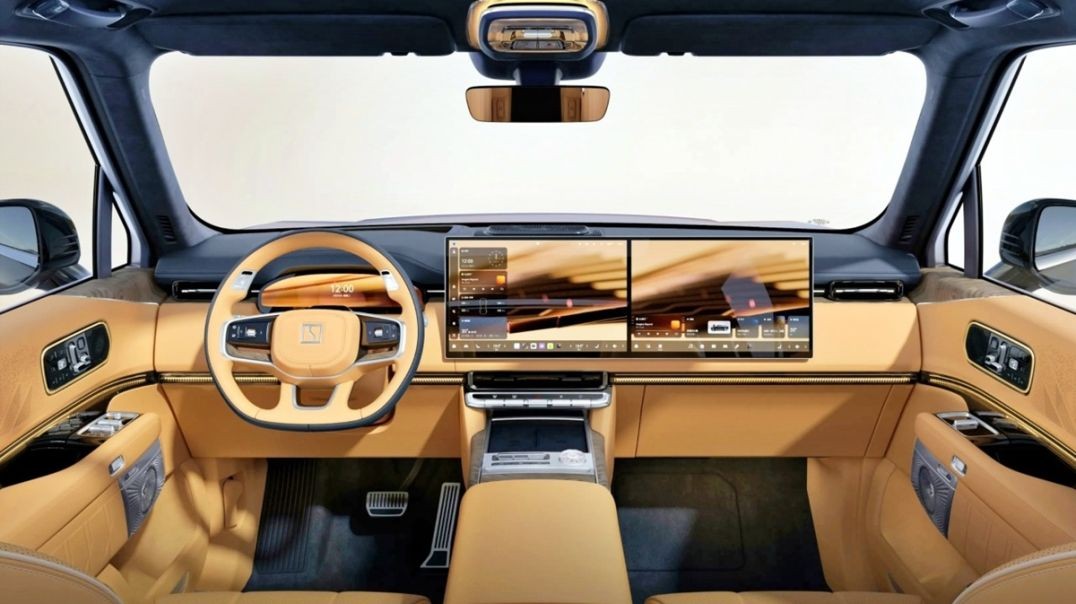



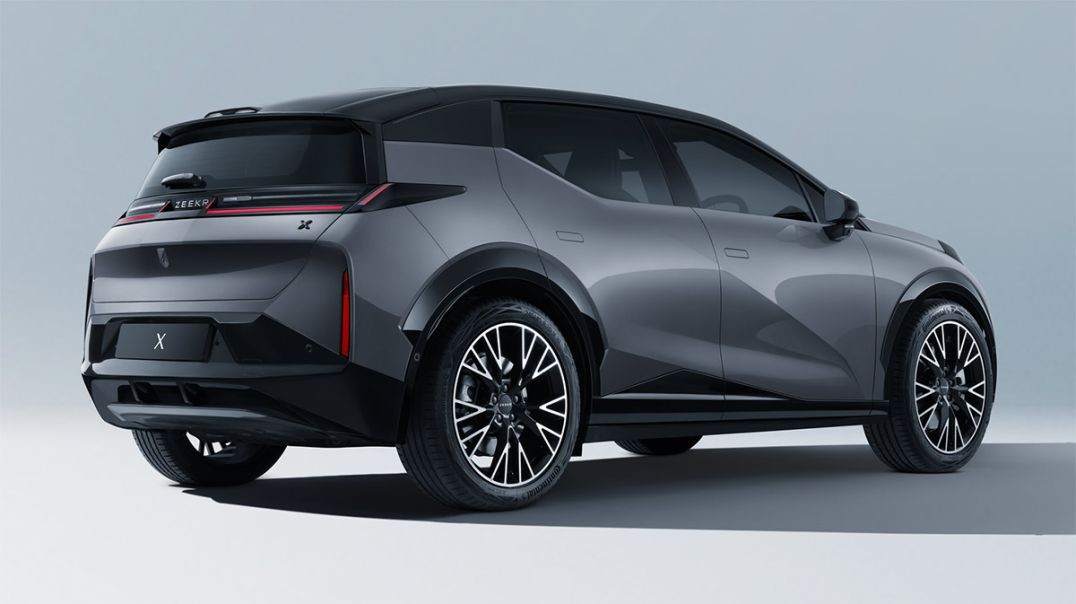
VTEKE Elektrik
10 months ago